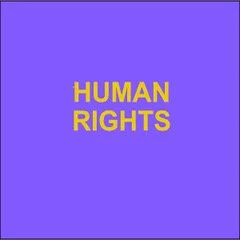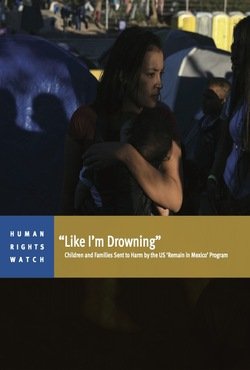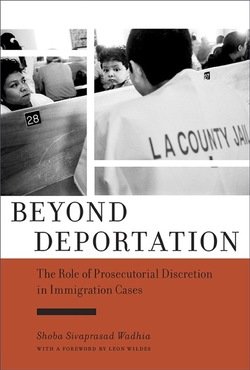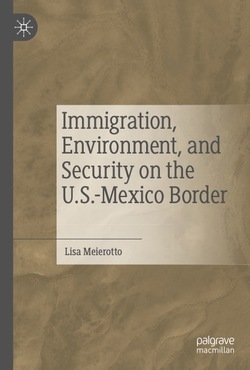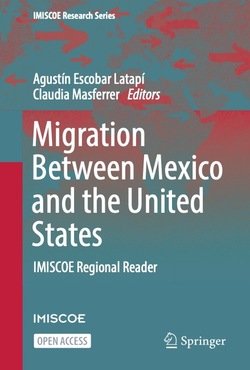By Kathleen O’Connor, Claire Thomas-Duckwitz, and Guillermina Gina Nuñez-Mchiri
The 1951 Refugee Convention of the United Nations High Commission on Refugees (UNHCR) defines a refugee as someone who "owing to a well-founded fear of being persecuted for reasons of race, religion, nationality, membership of a particular social group or political opinion, is outside the country of his nationality, and is unable to, or owing to such fear, is unwilling to avail himself of the protection of that country." Further, the UNHCR is particularly concerned with refugees in Latin America and the Caribbean and uses the term refugee to describe persons fleeing from violence in Central America (U.N. High Commission for Refugees 2014). Thus, in this document, we refer to immigrants detained in the South Texas Family Residential Center in Dilley, Texas (“Dilley”), as refugees because they have been persecuted by virtue of their membership in a social group, are outside their country of origin, are fleeing extreme violence, and fear returning to their countries of origin, which provided no protection from violence and persecution. Throughout the report, refugees who agreed to speak with the team and to an assessment of mental health outcomes are also referred to as study participants, participants, or respondents. During fieldwork from July 22 to July 24, 2015, a team of mental and behavioral health specialists collected the following data at Dilley, at the Greyhound Bus Station in San Antonio, and at the Hospitality House, a shelter in San Antonio where refugees are housed temporarily en route to resettlement areas throughout the United States
Cambridge, MA: Unitarian Universalist Service Committee (UUSC), 2015. 82p.

